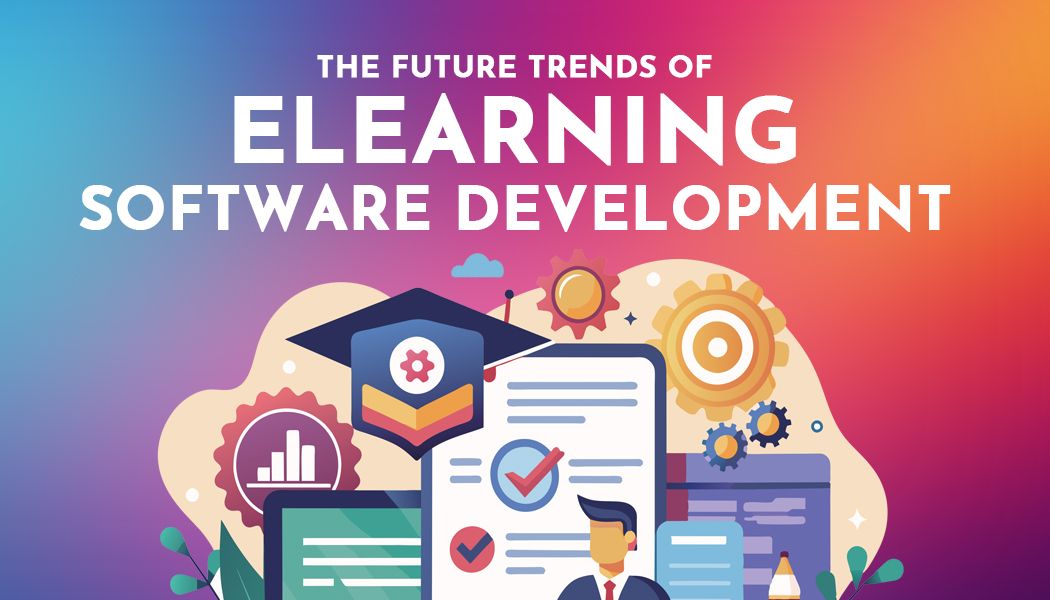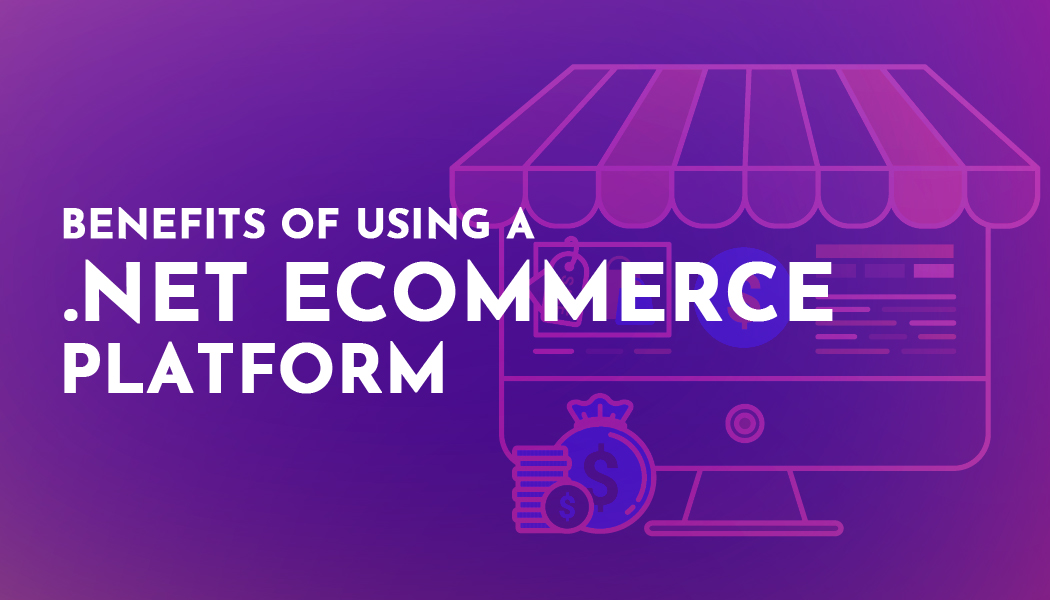The Future Trends of eLearning Software Development
Do you remember your old school days and how you attended classes every day? As far as the memory recollects, a teacher taught a class of thirty-five to forty students, explaining and demonstrating everything from chapters to concepts on a blackboard. The students were supposed to copy and note down everything from the board.
Well, we all belong to that era of education imparting process. But times have flown so fast and now we are in the digital transformation age where we are talking about eLearning software development, its core benefits, and how it is shaping the future of the education industry assisting students to understand difficult concepts quickly and easily.
When you read this article, you will learn about the future trends and innovations in education software development that are streamlining and optimizing the eLearning process.
So, here are the top eLearning Software Development Trends
1. Adaptive Learning
The first and foremost education software development trend that has made headlines is adaptive learning which focuses on tailoring assignments, projects, activities, and resources based on the individual student’s learning styles, capabilities, and specific requirements.
You must know at this juncture that adaptive learning is usually implemented through established algorithms and assessments compared to traditional methods where customizing the course for a particular student is quite challenging.
At the same time, the adaptive learning trend is still in its nascent stage and leading education software development companies are still experimenting with it to improve its capabilities and functionalities. However, it is assumed that it will be adopted on a large-scale pattern shortly.
2. Social Learning
If we talk about the next burning eLearning Software Development trend, then we can certainly say that social learning and collaborative tools have gained an impetus. Yes, this popular trend takes a leaf out of human interactions and group dynamics to blend them with innovative technologies. The best examples that we can put here are document and file-sharing platforms, class-wide chatrooms, and online discussion forums.
This means that students can attend classes from anywhere, listen to online lectures, share their assignments and projects, and interact with teachers on a one-to-one basis to solve their questions. Also, with social learning gaining widespread acceptance, more collaborative tools are getting aligned with it to simplify the tasks of the students.
3. Microlearning
Many students and learners find it an uphill task to manage large chunks of assignments and multiple projects simultaneously. So, microlearning has come as a spite of relief for such students as its pedagogical approach. Microlearning focuses on breaking complex topics into small digestible portions to improve the retention of the students. Here the lessons get delivered in small manageable segments, which is easier for learners to absorb and remember.
Students can certainly enjoy the flexibility of learning at their own pace and time without having to scratch their heads and keep asking teachers. Education software development has received an ample boost as it has made learning more accessible, interactive, and fun-laden. It enhances engagement through quizzes and gamified content. This latest trend is particularly effective in corporate training where employees and interns need to acquire new skills quickly.
4. Artificial Intelligence and Machine Learning
Artificial Intelligence (AI) and Machine Learning (ML) are writing fresh, innovative, and value-driven chapters in the education industry. If we believe in current stats and numbers, the personalized learning market powered by artificial intelligence and machine learning technology will touch $88.2 billion by 2032. Another survey reports that 38% of students use AI to create customized lesson plans, while 37% use it for completing assignments.
AI and ML technologies analyze learner behavior to create adaptive learning paths that cater to individual needs. This personalization is further enhanced by automated feedback, which helps learners improve in real-time, and predictive analytics, which identifies potential areas of struggle and suggests additional resources. From intelligent tutoring systems to chatbots providing 24/7 support, AI and ML are transforming eLearning into a more efficient and tailored process.
5. Augmented Reality
Augmented Reality (AR) is revolutionizing eLearning by creating immersive and interactive learning experiences. By overlaying digital information in the real world, AR engages learners in dynamic ways that traditional methods cannot. For instance, medical students can use AR to practice complex surgical procedures with 3D simulations, providing a hands-on experience without real-world risks.
AR also enhances understanding by tangibly visualizing abstract concepts. Imagine a history lesson where students explore ancient civilizations through interactive 3D reconstructions or a science class where learners can examine molecular structures in three dimensions. Such applications make learning more engaging and memorable by transforming theoretical knowledge into interactive experiences.
Furthermore, AR facilitates practical training scenarios, such as virtual field trips or simulated work environments. For example, a manufacturing course might use AR to simulate machinery operations, allowing learners to interact with virtual controls and components. This practical approach not only improves comprehension but also prepares learners for real-world applications, bridging the gap between theory and practice.
6. Video-Based Learning
Video-based learning is transforming education by offering a dynamic and engaging way to absorb information. Unlike traditional text-based content, videos combine visuals, audio, and animation to create a rich, multi-sensory learning experience. This approach caters to different learning styles, making complex concepts easier to understand and remember.
One of the major benefits of video-based learning is its flexibility. Learners can access content anytime, anywhere, allowing them to study at their own pace. Short, focused videos are particularly effective, as they break down information into digestible segments that maintain engagement.
Moreover, interactive elements like quizzes and discussions embedded in videos enhance learner participation and retention. By incorporating real-life examples and practical demonstrations, video-based learning bridges the gap between theory and practice, providing learners with relevant, real-world insights. Overall, video-based learning is a powerful tool that makes education more accessible, engaging, and effective.
Conclusion
The eLearning software development industry has undergone a paradigm shift and this is all possible due to these disruptive and futuristic trends, which have transformed the teaching and learning process from board and chalk to smartphones, tablets, and other digital devices.
We have narrated only a few trends here as everything cannot be covered in this article. However various other technologies and solutions are playing the same role in digitizing education software development. These include immersive learning, blended learning, self-directed learning, gamification, voice-based learning, mobile-based learning, and Big Data.




